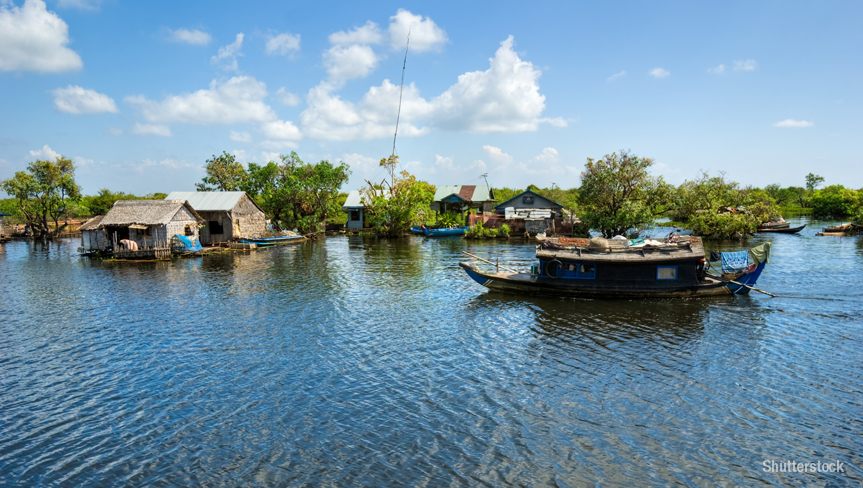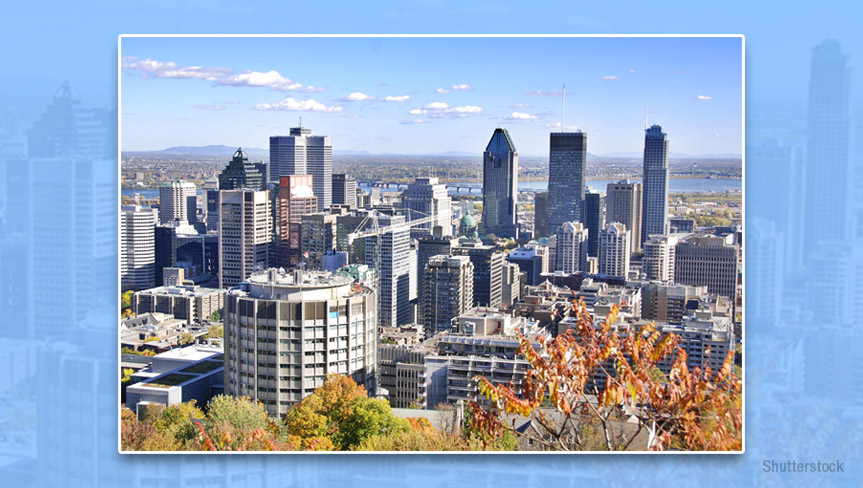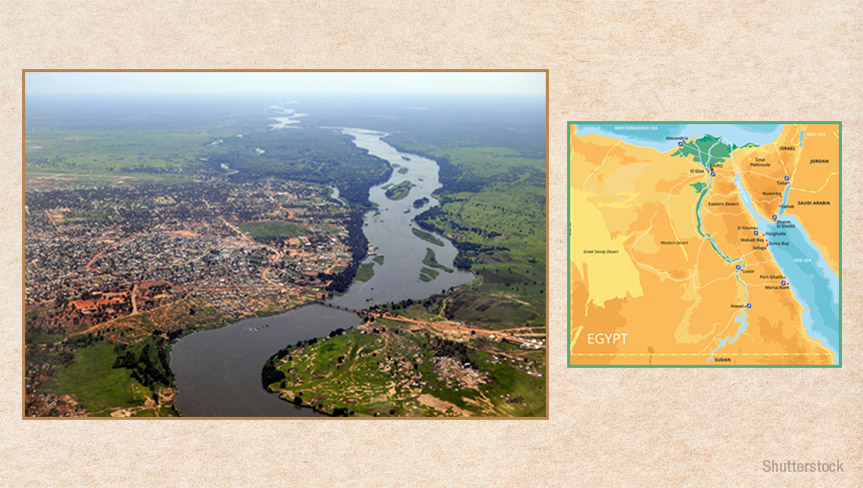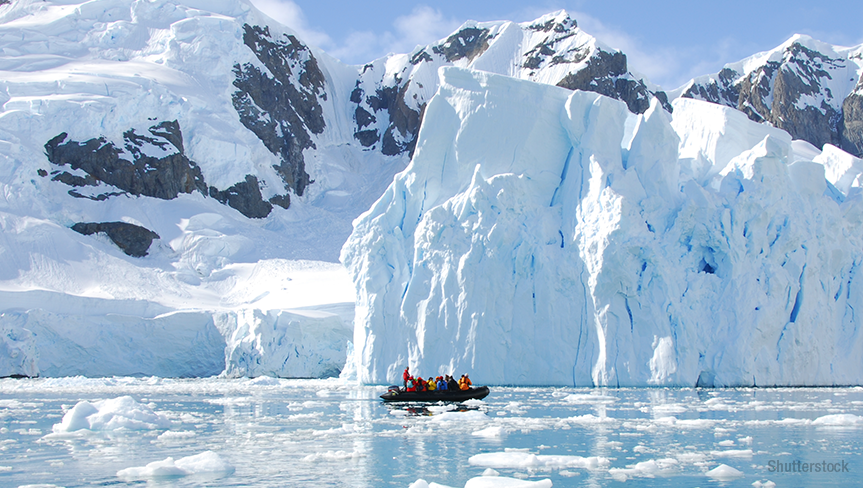15th July 2016
The river that flows in two directions
The Tonlé Sap River is attached to a freshwater lake also known as the Tonlé Sap Lake. It connects the lake with the Mekong River, which is the world’s twelfth longest river. It flows north from November to May feeding the Mekong River with water from the lake. However, with the arrival of the monsoon season, the Mekong River swells up, pushing the waters of the Tonlé Sap River back into the freshwater lake. The Tonlé Sap River has been designated as an ecological hotspot.



